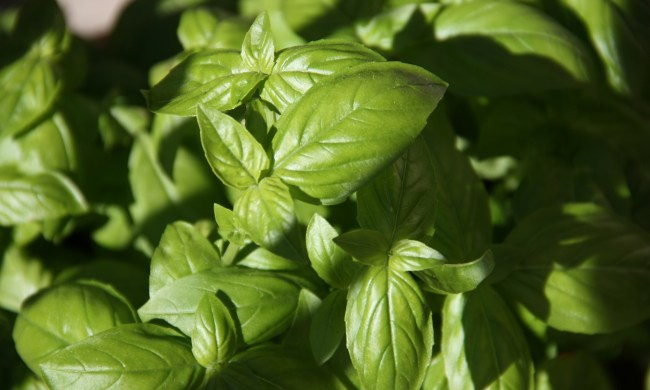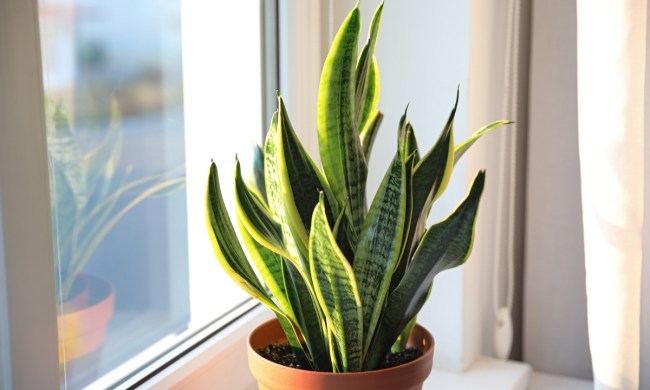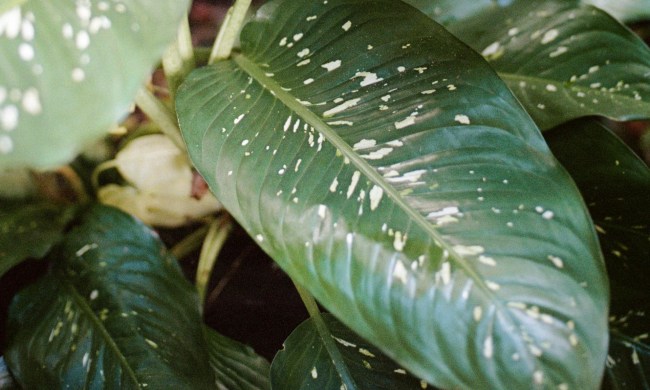Cardamom is one of the most expensive spices out there, and that’s because it’s somewhat difficult to grow and harvest. 100 grams of it can cost as much as $9, as harvesters need to collect six kilograms to produce even one kilogram to sell — not all of the pods are ripe when it’s picking time. And because the pods need to be hand-harvested and dried before being sold, the process can take time. While you probably can’t grow a sizable crop of cardamom at home, it still makes for a curious plant addition in your yard that’ll pique the interest of garden enthusiasts. So what is cardamom, what is it used for, and how can you grow it? Here’s what you need to know about this versatile spice.
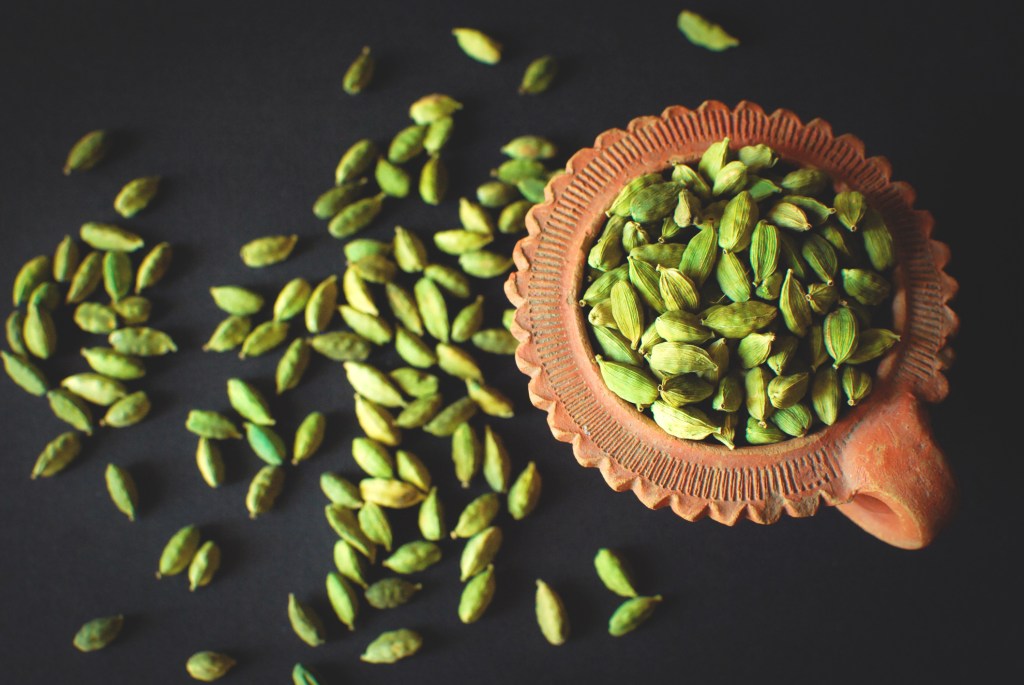
What is the spice cardamom used for?
Cardamom can actually be used for many different purposes. In personal care, cardamom has been used as a mouth freshener and an ingredient in fragrances. Cardamom is most known for is its culinary uses in South Asian, North African, Scandinavian, and Middle Eastern recipes. You’ll more commonly find black cardamom in savory dishes, while green cardamom can be used for savory and sweet recipes. Green cardamom can be tossed in with meats, curries, breads, puddings, and teas, while black cardamom is usually limited to the savory dishes on this list.
What flavor is cardamom spice?
The two main types of cardamom differ in flavor. As we’ve previously mentioned, black cardamom is more commonly used in savory dishes, as it has a menthol-like, smoky flavor. Green cardamom is slightly sweeter and has a bright citrus note to it. White cardamom is essentially green cardamom, except it’s been bleached, so the flavor tends to be less intense. You can get cardamom in pod, seed, or powder form — the pod form will always pack the strongest flavor when you heat it up and cook with it.
What spice is similar to cardamom?
Cardamom features a complex flavor, but you can replace it easily. More often than not, recipes will be calling for green cardamom, which can be substituted with allspice, cinnamon, or nutmeg if you happen to be in a rush. An equal mix of cinnamon and ginger will give you a flavor that’s very close to cardamom if you can’t source it down for a recipe. Instead of ginger, you can also use nutmeg or cloves for that spicy, herbal taste.
What’s the difference between cinnamon and cardamom?
Cinnamon, like cardamom, packs a punch. It’s warm, it’s spicy, and it’s ever so slightly citrusy. But it’s not the same as cardamom, though they can be substituted for one another if you’re under a time crunch. Cinnamon tends to be woodier, while cardamom has a brighter flavor with more citrus and mint undertones.
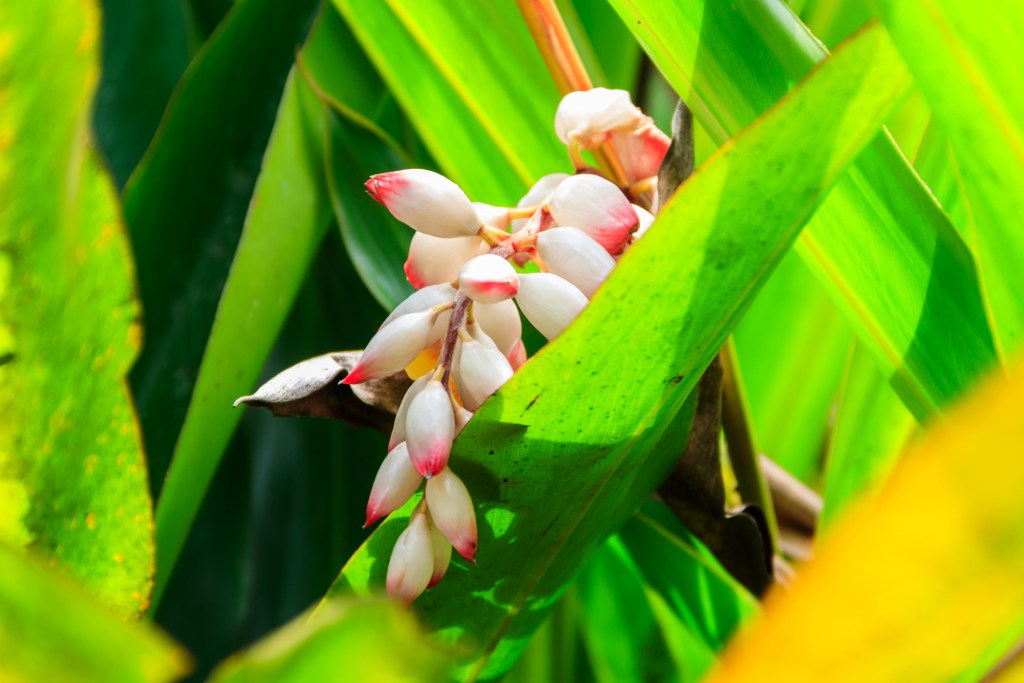
How can you grow cardamom?
Cardamom features branching stems with thick bulbous pods and rhizomatic roots. It has rather specific conditions for growth. It does best in a tropical climate without freezing temperatures, thriving in temperatures between 65 to 95 degrees Fahrenheit. (For what it’s worth, it prefers climate zones 10 to 12, just to show how much warmth it needs.) It’s also not a plant that tolerates drought conditions well. You’ll want to keep your soil moist and give your plant adequate humidity by way of a humidifier. While cardamom needs sun, place it in partial shade as opposed to leaving it in direct sunlight.
To grow cardamom from seed, use seeds from a garden center or online agricultural retailer instead of seeds from the supermarket. Sow your seeds an eighth of an inch deep in a planter that’s at least six inches wide in diameter. Give each plant at least one inch of surrounding space, then thin out and transplant your seedlings to a bigger pot or outside after the last frost has passed. When it’s settled in its permanent home, keep your cardamom plant in well-draining soil and use a fertilizer with a high phosphorus content twice a year. With cardamom, you’ll want to be patient, as it can take up to three years to mature. When your cardamom plant produces flowers and starts to develop fruit, that’s when you know that it’s ready for harvest. Each flower has capsules containing 15 to 20 seeds; in the fall, handpick these capsules and dry them out before crushing them and using them for cooking.
Although it might not get as much love as nutmeg or cinnamon, cardamom is an incredibly versatile spice in the kitchen. Its warm, slightly sweet and citrusy flavor packs a punch in recipes — a little of it goes a long way. Growing cardamom in a non-tropical region can prove to be challenging, but it’s not altogether impossible. While you may not harvest enough pods for an ample supply of cardamom, you can still grow it with adequate warmth and humidity.

